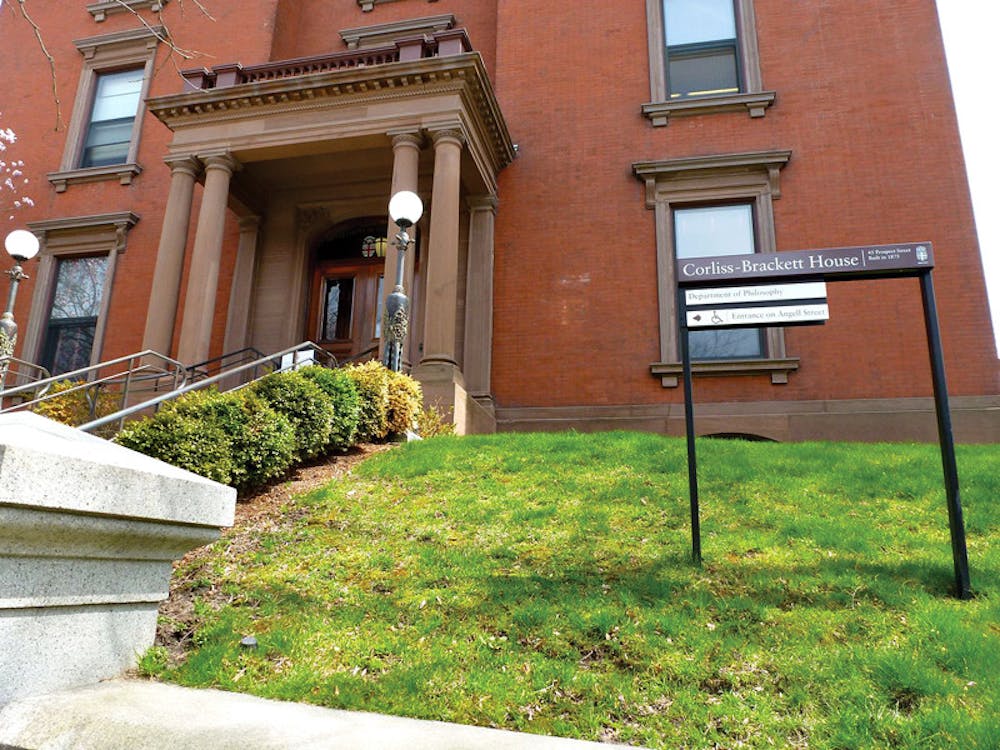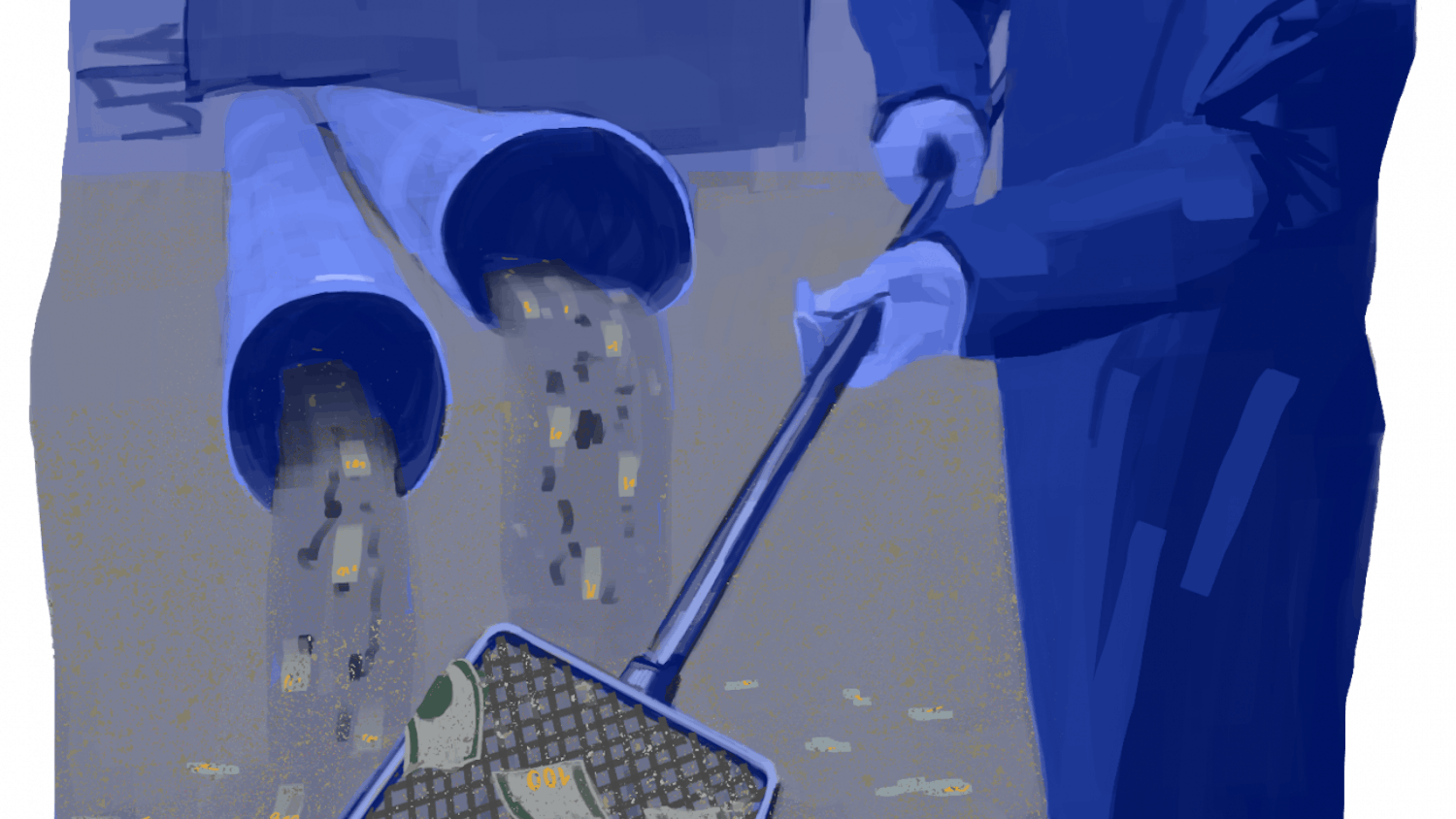One in an occasional series of articles spotlighting the architectural and social history of spaces at Brown.
Functioning over the years as a home, a movie set, the Admission Office and now the Department of Philosophy, the Corliss-Brackett House has seen it all. Its dynamic nature and hidden secrets make it not the typical red-brick University building. Sitting at the corner of Prospect and Angell streets, the mansion is one of six Brown buildings listed under the National Register of Historic Places.
George Henry Corliss, who famously invented a more efficient steam engine, constructed the house in 1882. Though Corliss came to Providence to receive support for a machine that sewed leather, he later became famous for creating a “great 1,400-horsepower engine that supplied the power used in Machinery Hall at the Centennial Exposition in Philadelphia,” Raymond Rhinehart ’62 wrote in his book “Brown University: The Campus Guide.”
As an innovator, Corliss applied many of his new engineering ideas to the house. When Corliss’ second wife fell ill, her doctor advised her to spend the cold winter months in Bermuda, so he set out on a mission that most husbands would not dare take on: bringing Bermuda to Providence. Corliss installed one of the world’s first heating systems controlled by a thermostat. “In the stable complex adjoining the house Corliss installed a steam boiler and a small version of his famous steam engine,” according to the National Register of Historic Places. With all these innovations, it is little wonder that the house took seven years to construct.
Charles Brackett, Academy Award-winning screenwriter of “The Lost Weekend” and “Sunset Boulevard,” acquired the house from Corliss’ daughter. Finding no use for the space, Brackett gave it to the University in 1955. After a renovation, the building housed the Admission Office. The house’s exterior was also used in the television series “Doctor Doctor” as a character’s office.
Tour groups used to meet at the Admission Office instead of at the Stephen Robert ’62 Campus Center, as they do now. But there is no longer the same need to impress visitors with a grand house, said Bernard Reginster, professor of philosophy and chair of the department. “The reputation of the University is solidified.”
As part of the process of moving all administrative buildings out of the core campus, the Admission Office moved to the Jewelry District last year. The philosophy department settled in its place last June. The Gerard House, the philosophy department’s previous location, was becoming too small for the growing department, Reginster said. “Yet now the graduate students not only have their own quarters, but also have access to the building’s grand library and lounge,” he said.
Though the Victorian mansion has been functioning as an office for decades, it continues to feel more like a luxurious family home than like an office building. The grand entrance opens into a space with portraits, a lounge with fireplaces and a seminar room that more closely resembles a dining room. The creaky wooden staircase leads upstairs to offices as well as a library. The building even comes equipped with a food elevator that is labeled in bold font with the warning: “Transport of human beings is strictly prohibited.”
Yet the true hidden gem is the fourth floor. The steep staircase that is concealed by a door leads to an enchanting, unobstructed view of all of downtown. The fourth-floor offices remain vacant because the rooms do not yet adhere to the Rhode Island Fire Safety Code, which states that two exits must be available, Reginster said.
The top floor hopefully will soon be renovated, and a utility closet may be turned into a steep second exit staircase, Reginster said.
One of the bookshelves on this vacant floor is actually a secret door. Rumors among faculty members say that the swiveling bookshelf leads to a bathroom with a glamorous bathtub. Yet now the bookshelf is jammed, and only a crack of light can be seen coming from behind it. Why a bathroom needs a secret door or a window will remain a mystery until Corliss-Brackett’s top floor is renovated.
A previous caption for this article's photo incorrectly stated that the Corliss-Brackett House was built in 1992. It was built in 1882. The Herald regrets the error.

ADVERTISEMENT




